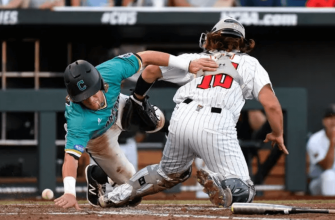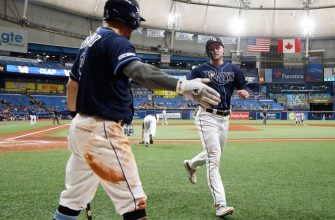The MLB draft is an annual event where Major League Baseball teams select amateur baseball players to join their organization. It began in 1965 as a way to distribute new talent equitably amongst the league’s teams and prevent wealthier clubs from signing all the top prospects.
Prior to the draft’s creation, teams competed for amateur players by offering signing bonuses, which often went to the highest bidder. This left smaller market teams at a disadvantage. The draft gave each club a chance to develop new players, regardless of their financial resources or team record. By assigning draft order based on the previous season’s standings, weaker teams got the first picks.
Today, the draft serves as the primary pipeline for MLB clubs to replenish their farm systems with young talent. It remains an important equalizer, allowing small market franchises to compete with large market juggernauts by drafting and developing promising amateurs. The draft now spans 40 rounds over three days in June.
Draft Order

The draft order for the MLB amateur draft is determined each year based on the reverse order of the previous season’s standings. However, the first six picks are determined by a weighted lottery that gives teams with the worst records the best odds of landing one of the top selections.
The lottery odds are weighted such that the team with the worst record from the previous season has the best chance at the first overall pick. The odds then decrease based on the reverse order of last season’s standings for the teams that did not make the playoffs. After the top six picks are determined by the lottery, the remaining teams pick in reverse order of their prior season record. This system aims to help struggling teams rebuild by giving them the best access to top amateur talent.
Eligible Players
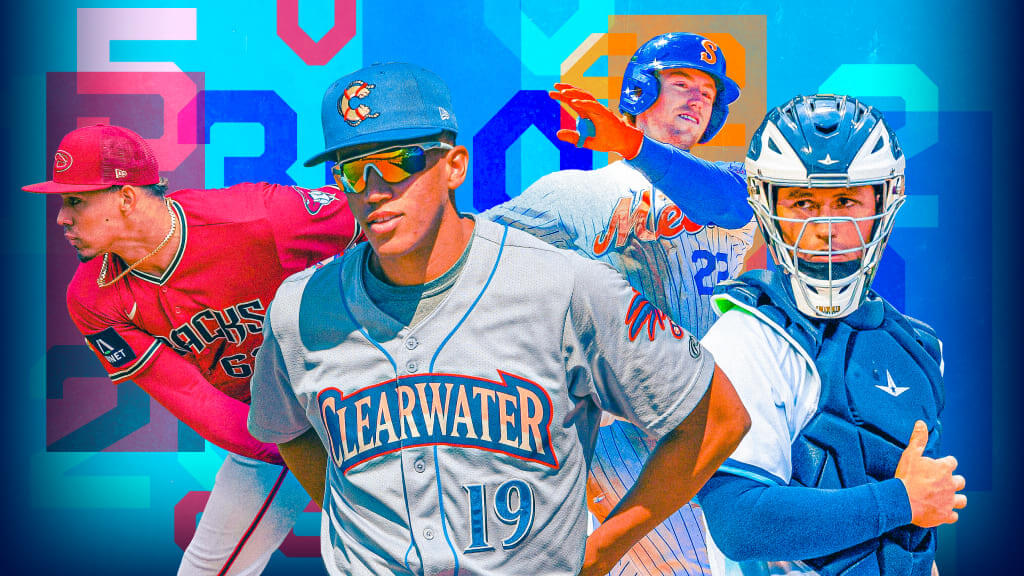
To be eligible for the MLB draft, players must meet certain requirements. Generally, high school players are eligible for the draft if they have graduated from high school and have not yet attended college or junior college. College players are eligible once they complete their junior or senior years or are at least 21 years old.
For high school players, eligibility begins when the player graduates high school, as long as the player has not signed a minor or major league contract. High school players are eligible until the first June 5 that occurs within 12 months of their high school graduation. Players graduating in May or earlier have until the following year’s draft, while players graduating in June are immediately eligible.
College players that have completed their junior or senior years are automatically eligible for the draft. Sophomores can also be eligible if they turn 21 within 45 days of the draft. College players who have earned an undergraduate degree and do not wish to pursue graduate studies can also enter the draft.
Players enrolled full-time in a junior college may be drafted after completing one year. International players are eligible if they are at least 17 and not enrolled in a high school or two-year college.
Once eligible, players can choose to enter the draft or opt not to enter and become eligible in a future year instead. Top prospects sometimes wait to enter the draft strategically depending on their current skills, development potential, and the pool of other players in a given draft class.
Draft Rounds
The MLB draft originally consisted of 50 rounds when it began in 1965. Over the years, the number of rounds was gradually reduced. In 1998, the draft was shortened to 50 rounds, then lowered again to 40 rounds in 2012.
In 2020, due to the COVID-19 pandemic, MLB and the players union agreed to shorten the draft to only 5 rounds. This was done as a cost-saving measure, since signing bonuses for drafted players can be quite large. Shortening the draft saved teams an estimated $30 million.
The 2021 draft returned to 20 rounds. Having only 5 rounds in 2020 was an anomaly to deal with unique circumstances. While expanding from 5 back to 20 rounds in 2021, the draft is still significantly shorter compared to past years with 40+ rounds.
Draft Rounds
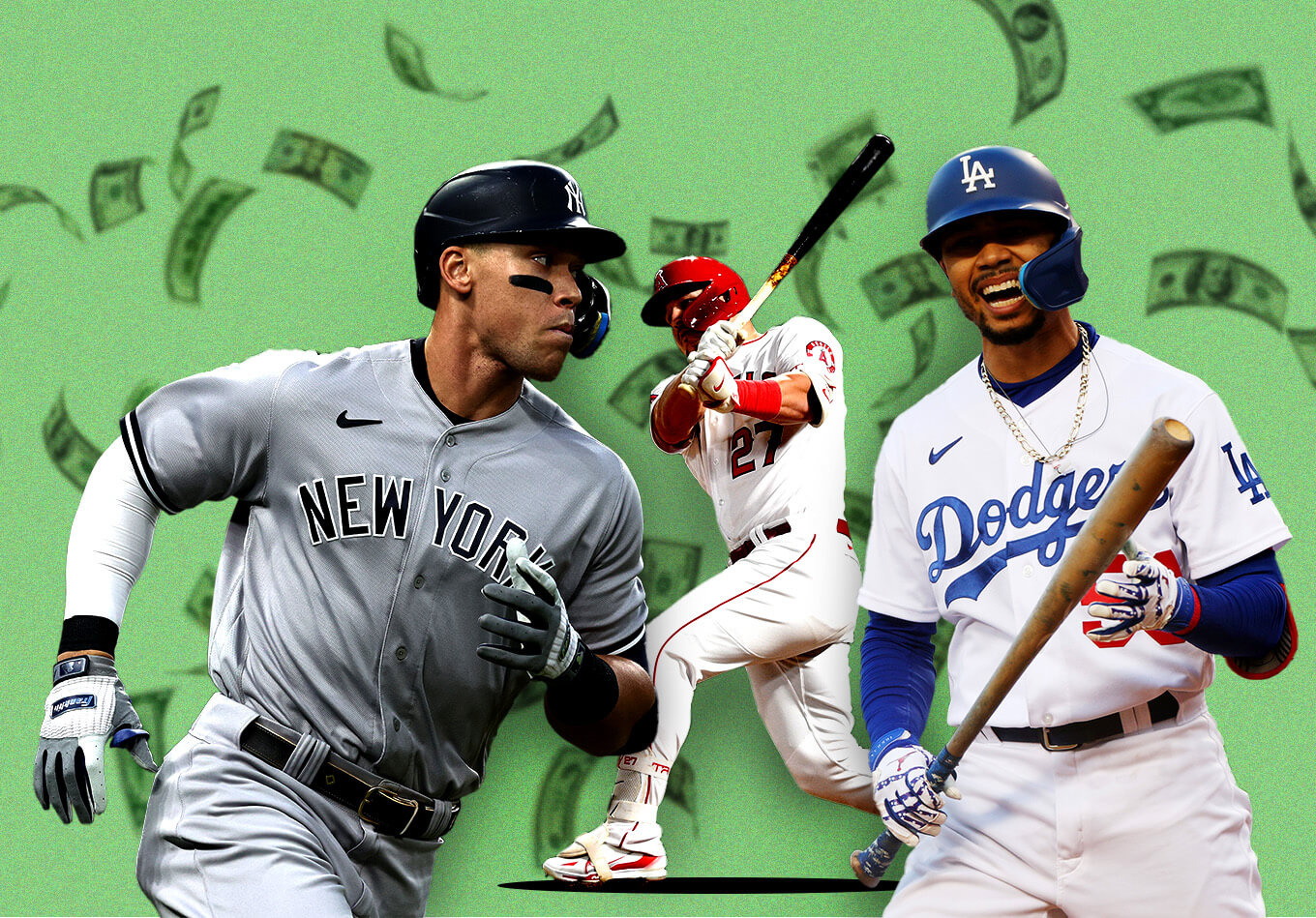
Signing bonuses are a key component of the MLB draft. Each pick in the draft is assigned a slot value, which represents the recommended signing bonus amount for that draft position. Teams are allotted a total signing bonus pool, which is the sum of the slot values for all of their picks in the first 10 rounds.
The slot values decrease as the draft progresses, with the first overall pick receiving the highest slot value. In 2023, the first pick was assigned a slot value of $8.84 million, while the last pick of the 10th round was valued at $125,000. Teams are allowed to exceed the slot values to sign players, but face penalties if they go over their total bonus pool amount by more than 5%.
Signing bonuses are heavily negotiated, and players commonly sign for above or below slot value. A team may offer below slot to a player viewed as less talented to save funds to allocate to more highly-rated prospects. Top players may hold out for above slot deals. In 2022, high school shortstop Jackson Holliday signed with Baltimore for $8.19 million, exceeding the $7.79 million slot for the #1 overall pick.
Draft Strategies
Teams employ different approaches when drafting players in the MLB draft. One major decision is whether to draft high school players or college players. High school players are less developed and come with more risk, but often have higher upside. College players are more advanced and may reach the majors faster, but have less projection.
Another key choice is whether to focus on pitching or hitting with early picks. Teams like the Tampa Bay Rays have prioritized pitching, while teams like the Boston Red Sox target position players. The best strategy depends on the current state of the organization. Teams with a deep farm system may gamble on riskier high school prospects, while teams closer to contention may want college players who can help sooner.
Some teams adhere to strict slot values for draft picks, while others aggressively overspend to sign top talent that falls in the draft. Teams with lower budgets aim to find hidden gems in later rounds. There is no definitive right or wrong draft strategy, as the MLB draft involves projecting young players years into the future. But smart drafting remains essential for building contenders.
Notable Picks
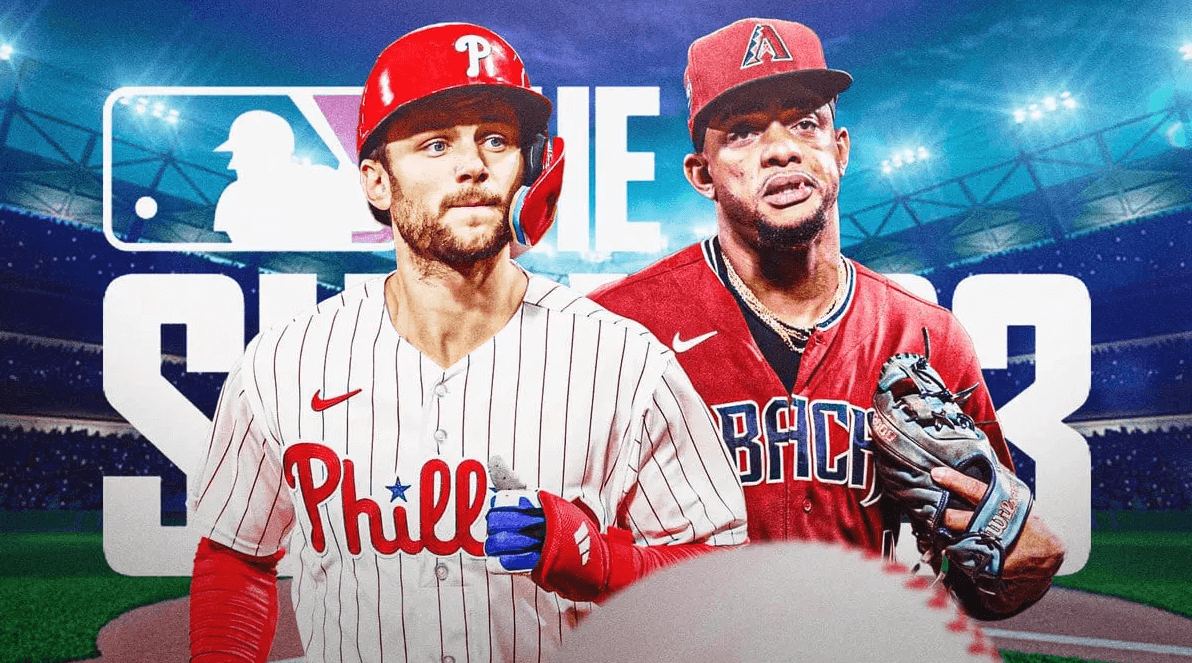
Some of the most famous MLB players of all time were drafted by teams and went on to have incredibly successful careers. Ken Griffey Jr. was selected by the Seattle Mariners with the 1st overall pick in 1987 and is considered one of the best draft picks in MLB history. He was a 13-time All-Star and hit 630 home runs in his illustrious career. Nolan Ryan was drafted in the 12th round by the New York Mets in 1965 and went on to become a dominant pitcher and 8-time All-Star with over 5,700 career strikeouts.
There have also been some notorious busts and late-round steals in the history of the MLB draft. Steve Chilcott was selected 1st overall by the Mets in 1966 but never made it to the majors, while Reggie Jackson was drafted just one spot later by Oakland and made 14 All-Star teams. Albert Pujols was an incredible steal in the 13th round by the Cardinals in 1999, hitting over 600 home runs and becoming one of the best hitters of his generation. The MLB draft can produce superstars and busts from any round.
Team Budgets
Each MLB team is allotted a certain amount of money to spend on signing drafted players, known as a “bonus pool.” The bonus pool amount is determined by the slot values for each of the team’s draft picks in the first 10 rounds. Teams that spend over their allotted bonus pool are subject to penalties, including forfeiting future draft picks.
The total bonus pool ranges from around $9-15 million for most teams. The bonus pools are larger for teams that pick at the top of the draft order and have more high value slot picks. Teams can trade the slot values of picks to increase their overall bonus pool.
If a team spends up to 5% over its total bonus pool, it faces a 75% tax on the overage. If a team exceeds its pool by more than 5% but less than 10%, the tax increases to 75% and it loses its next first round pick. Exceeding the pool by more than 10% leads to a 100% tax on the overage and the loss of first and second round picks. These penalties are designed to limit teams from spending exorbitant amounts on amateur players.
Draft Changes
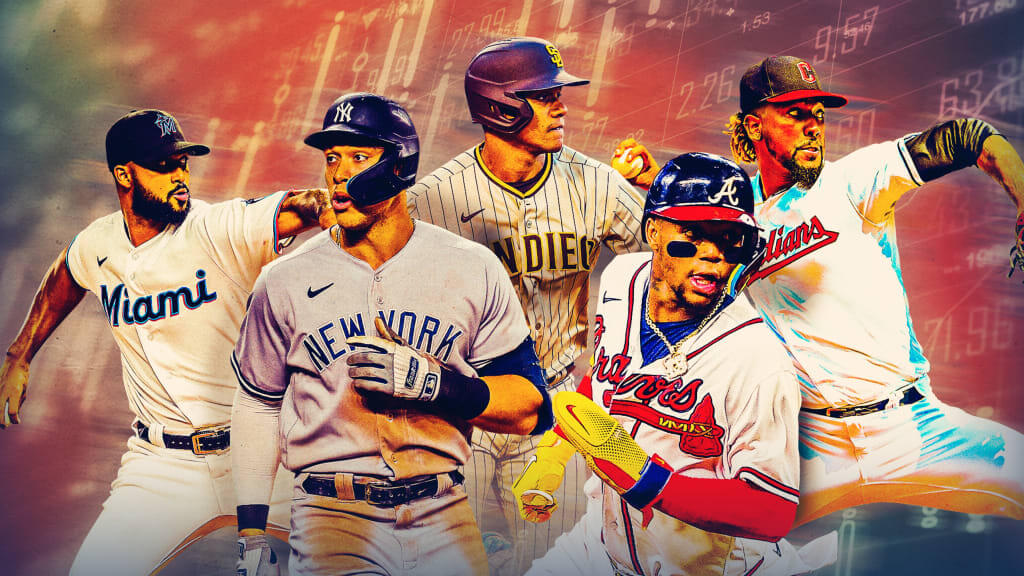
The MLB draft has undergone several rule changes over the years to improve competitive balance and allow teams to replenish their farm systems.
Some of the key changes include:
-
In 1965, the draft was introduced to prevent wealthier teams from signing all the top amateur players. This gave smaller market teams a more equal shot at talent acquisition.
-
In 1985, the draft order began rewarding the previous season’s worst teams by giving them the earliest picks. This “reverse order” system boosted weaker clubs.
-
In 2012, caps were placed on signing bonuses to ensure more money was spent on later round picks. This encouraged teams to scout thoroughly beyond the early rounds.
-
In 2016, an international draft was implemented to limit costs and give small market teams better access to foreign talent. Competitive balance picks were also added.
-
In 2022, the draft was shortened from 40 rounds to 20 rounds to streamline the process. Undrafted players became free agents easier.
These changes have aimed to create more parity in the league by giving struggling franchises better access to top young talent through the draft.
Conclusion
The MLB draft is a crucial part of building a successful baseball franchise. Teams get the opportunity to replenish their farm systems with young talent that can develop into major league stars. The draft order is determined by the previous season’s standings, with the worst teams picking first to help maintain competitive balance. Players from high school, college, and junior college are all eligible, and the draft lasts 40 rounds, providing teams ample opportunity to stock up.
Signing bonuses are a key factor in getting drafted players to forego college and other options to start their pro careers. Teams have signing bonus pools they can use creatively to sign their top choices. There are many draft strategies teams utilize, like drafting the best player available versus choosing based on need. Some franchises are willing to go over-slot on bonuses to sign a player they covet. The draft has seen some format changes over the years, like adding compensation picks, but the core system remains the same.
Overall, excellent scouting and shrewd drafting are hallmarks of successful MLB franchises. The draft provides an infusion of talent and hope each year. A great draft pick can transform the fortunes of a franchise for many years. The MLB draft is an exciting opportunity for teams to build toward a championship.


